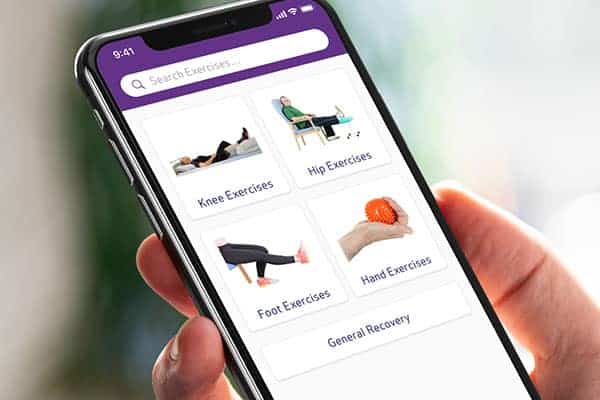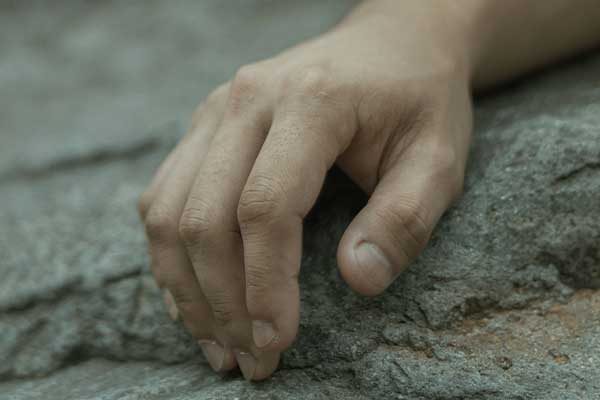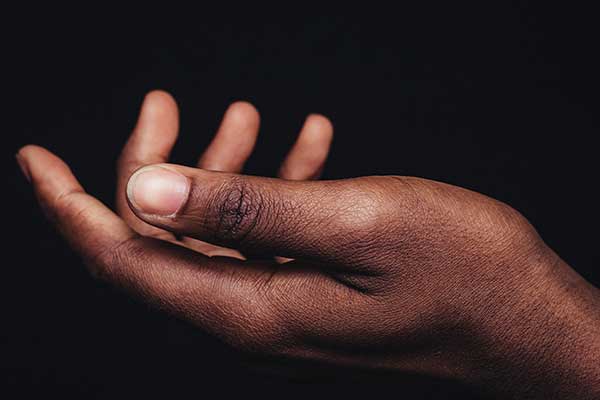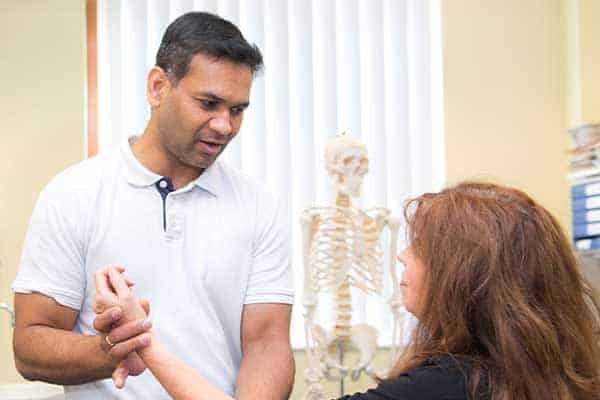Overuse injuries to the hand and wrist are sources of aches and pains that seem to be related to using your hand/wrist in a particular way, such as during a repetitive activity.
What causes overuse injuries?
Overuse injuries are caused when the muscles and tendons in your hand and wrist are overworked. This could be because you have not allowed them sufficient recovery time, or because you have increased the amount of repetitive activity that you do.
These soft tissue injuries result from the kind of repeated actions associated with the use of sports equipment, manual tools, computers, smartphones or gaming consoles, as well as with repetitive operation of machines, assembly lines and supermarket checkouts.
What are the symptoms of overuse injuries?
For most people:
- You experience pain, aching or tenderness in your wrist or hand, particularly when making repetitive wrist or hand movements.
- The pain comes on gradually.
- The pain gets better with rest.
For some people:
- You may also experience stiffness, cramp, throbbing, tingling, numbness or weakness.
How are overuse injuries diagnosed?
There is no immediate need to seek a medical opinion. If you think your overuse injury is related to an activity you perform at work, speak to your employer or occupational health representative. They may be able to help you modify your tasks to improve your symptoms.
If the pain, aching or other symptoms continue even though you have reduced or modified your activity, talk to your GP. They will be able to rule out other conditions, make a diagnosis and recommend ways to treat and prevent overuse injuries.
What are the treatment options for overuse injuries?
It is important to manage pain during the first few days so that your hand or wrist has a chance to recover.
Try to identify the activities that make the pain worse and if possible stop them for a short period. If not, try to reduce them, modify the way you do them, or factor in more rest and recovery time between them.
You could try anti-inflammatory painkillers such as Ibuprofen. Some anti-inflammatory painkillers also come as creams or gels, which you can rub over your hand/wrist area. These tend to produce fewer side effects than those taken by mouth. If you cannot take anti-inflammatory painkillers, other painkillers such as paracetamol, with or without codeine added, may be helpful. Ask your pharmacist for advice.
In certain cases, you may also benefit from an elastic support or wrist splint. Your doctor may recommend this, or you could ask your pharmacist for advice.
When resting, try to keep your hand/wrist above the level of your heart. This can help to relieve pain. Try not to let it hang down by your side.
You could also put an ice pack on your hand/wrist area for 10-20 minutes, every 2-3 hours. (Do not put ice directly next to skin as it may cause ice burn. Wrap it in a damp tea towel. Remove the pack if irritation increases. Allow the area to return to normal temperature before reapplying the ice.)
Even while resting your injury, you should keep generally active. As soon as the pain has settled down, you should start exercises to restore strength and mobility in your hand/wrist again. These should build up gradually to your normal level of activity.
What is the prognosis (outlook) for overuse injuries?
The length of time it takes to recover from overuse injuries will depend greatly on the type of injury and the degree to which you can avoid aggravating it.
If your symptoms and pain do not improve, talk to your GP. They may refer you to a physiotherapist for a course of rehabilitation or to a specialist.
How can I prevent recurrence of overuse injuries?
If your injury relates to a work-based activity, you are advised to speak to your employer or occupational health representative about altering the tasks you perform. There are particular changes you can make to the way you use a mouse and keyboard.
Whether your injury is work, sport or home related, there are changes you can make yourself that may help to avoid another episode.
Try to factor in more time doing something else between bouts of repetitive activity.
It is advisable to stand up and change your position regularly. While it is always a good idea to think about your posture and whether or not it is causing discomfort, generally it is sustaining a posture for too long that is bad for you.
Continuing with your mobility and strengthening exercises could also help to reduce the chance of overuse injuries reoccurring.

Pocket Physio | Download now
Search for ‘Pocket Physio’ on the Apple App Store for iOS and the Google Play Store for Android to download for free.




